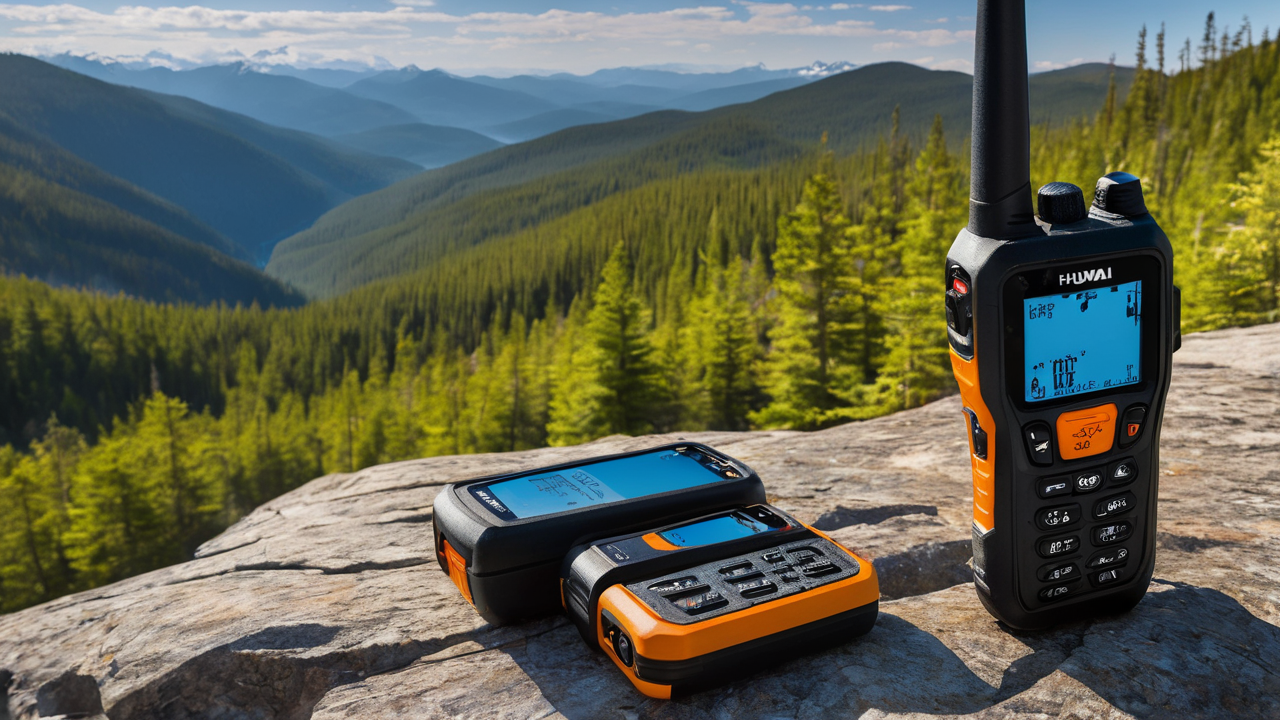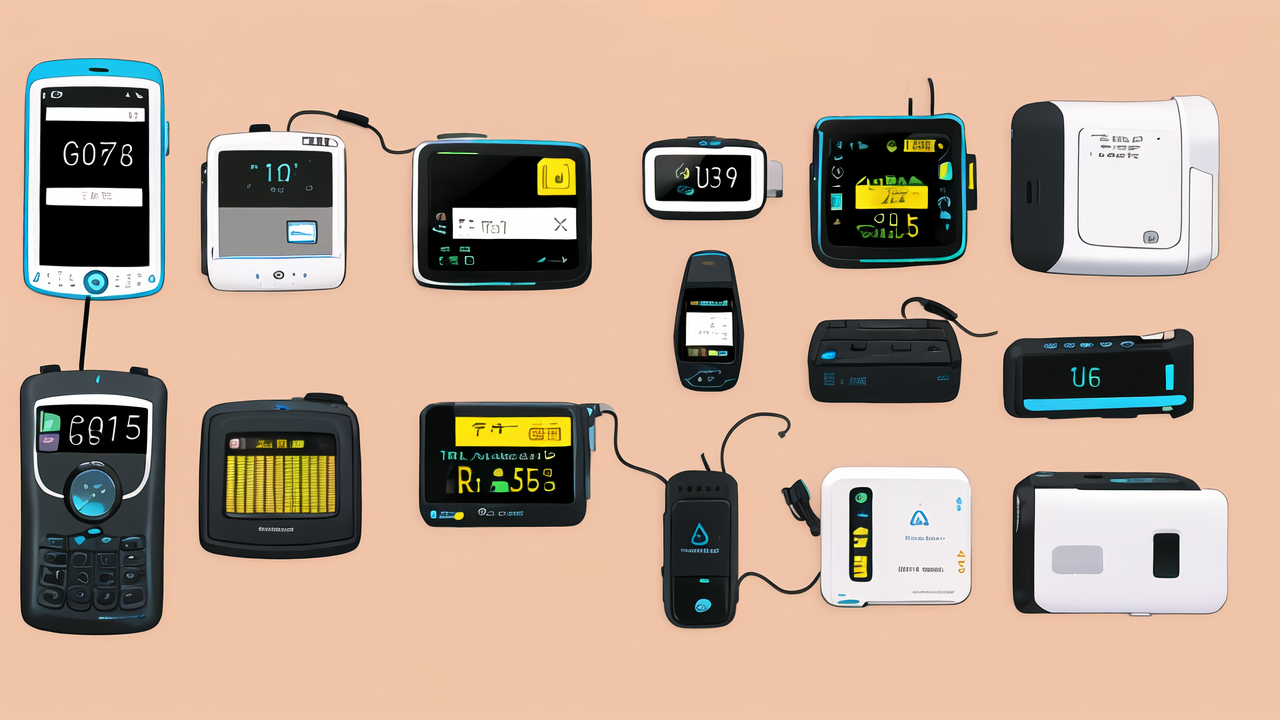Understanding Long Distance Walkie Talkies: Capabilities and Uses
The Technology Behind Long Distance Communication
Long distance walkie talkies use radio waves to transmit signals over vast areas. They operate on specific frequencies, usually in the UHF or VHF bands. These devices convert voice into radio signals, which are then sent and received by antennas. The range depends on factors like power output, terrain, and weather conditions. Modern long distance walkie talkies often include features like NOAA weather alerts, privacy codes, and digital signal processing for clearer audio. Some advanced models even use GPS technology for location sharing and mapping. Understanding this tech helps users choose the right device for their needs.

Benefits for Outdoor Adventure Seekers
Long distance walkie talkies are invaluable tools for outdoor enthusiasts. They provide a reliable means of communication in areas with no cell service. This is crucial for safety in remote locations. Hikers can stay in touch with their group, even when spread out on a trail. Campers can coordinate meetup points or warn others of potential dangers. For mountain climbers, these devices can be lifesaving in emergency situations. They're also great for hunters to silently communicate over distances. Kayakers and rafters use them to navigate river rapids safely. Overall, these devices offer peace of mind and enhance the outdoor experience for all adventure seekers.
Important Features to Look for in a Long Distance Walkie Talkie
When choosing a long distance walkie talkie, several key features should be considered. Range is crucial - look for devices that offer at least 20-30 miles in ideal conditions. Battery life is also important; opt for models with long-lasting rechargeable batteries. Durability is essential for outdoor use, so choose water-resistant or waterproof options. Look for devices with multiple channels and privacy codes for clear communication. NOAA weather alerts are valuable for staying informed about changing conditions. Some models offer hands-free operation, which can be useful during activities. Consider the size and weight, especially for long treks. Lastly, check for additional features like built-in flashlights or SOS signals for emergencies.
The Best Long Distance Walkie Talkies on the Market
Top Picks for Durability and Range
- Motorola T600 Talkabout: This rugged model offers a 35-mile range and is fully waterproof. It floats and has a flashlight for emergencies. The T600 is perfect for extreme outdoor conditions.
- Midland GXT1000VP4: With a range of up to 36 miles, this durable unit has 50 channels and is water-resistant. It features NOAA weather scanning and alerts.
- Cobra ACXT1035R FLT: This floating walkie talkie has a 37-mile range and is built to withstand harsh environments. It offers clear sound quality and has a built-in flashlight.
These models excel in both durability and range, making them ideal for challenging outdoor adventures. They can withstand drops, water exposure, and extreme temperatures while maintaining long-distance communication.

Top Picks for Battery Life and User Ease of Use
- BaoFeng UV-5R: Known for its exceptional battery life, this model can last up to 24 hours. It's user-friendly with a large LCD display and programmable functions.
- Retevis RT21: This compact device offers up to 20 hours of use. It has a simple interface with large buttons, making it easy to operate even with gloves on.
- Arcshell Rechargeable: With a battery life of up to 96 hours in standby mode, this model is great for extended trips. It has a straightforward design that's easy to use right out of the box.
These walkie talkies prioritize long battery life and user-friendly features. They're perfect for those who need reliable communication over extended periods without frequent charging.
Top Picks for Value and Cost-Effectiveness
- Gocom G9: Offering a good balance of features and affordability, this model has a 5-mile range and 22 channels. It's great for casual outdoor use.
- Motorola T100: These basic but reliable walkie talkies come in a cost-effective three-pack. They have a 16-mile range and are easy to use.
- Retevis H-777: This budget-friendly option offers good performance for its price. It has a 3-mile range and is ideal for short-distance communication.
These models provide good functionality at a lower price point. They're perfect for those new to walkie talkies or for occasional use. While they may lack some advanced features, they offer reliable communication for most outdoor activities.
Strategies for Optimal Use of Long Distance Walkie Talkies
Best Practices for Setting Up Your Radio
To get the most out of your long distance walkie talkie, proper setup is key. Start by fully charging the batteries before use. Familiarize yourself with all buttons and functions. Set your device to the agreed-upon channel and privacy code. Test the range in your specific environment before relying on it. Adjust squelch settings to reduce background noise. If your model has adjustable power settings, use the lowest necessary to conserve battery. Program emergency channels and NOAA weather stations if available. Practice using different features like scanning and VOX. Lastly, agree on communication protocols with your group, such as check-in times and emergency procedures.

Tips for Maintaining Your Long Distance Walkie Talkie
Proper maintenance ensures your walkie talkie remains reliable. Keep the device clean and dry, using a soft cloth to wipe it down after use. Avoid extreme temperatures which can damage the battery. Store in a cool, dry place when not in use. Regularly check and clean the battery contacts to prevent corrosion. If your device isn't waterproof, use a protective case in wet conditions. Replace batteries or recharge them regularly, even if unused for a while. Inspect the antenna for damage and ensure it's securely attached. Update the firmware if your model supports it. Finally, perform occasional range tests to ensure the device is functioning correctly.
Troubleshooting Common Issues with Long Distance Radios
Even the best walkie talkies can encounter problems. If you're experiencing poor range, try changing your location or elevating the antenna. For unclear audio, adjust the squelch or try a different channel. If the device won't turn on, check the battery connections or try a reset. Interference can often be resolved by changing channels or using privacy codes. For water damage, remove the battery immediately and dry thoroughly before use. If buttons are unresponsive, clean them gently with a soft brush. For persistent static, check for nearby sources of interference. Remember, most issues can be resolved with basic troubleshooting, but consult the manual or contact support for complex problems.


